How to Program a Thermostat
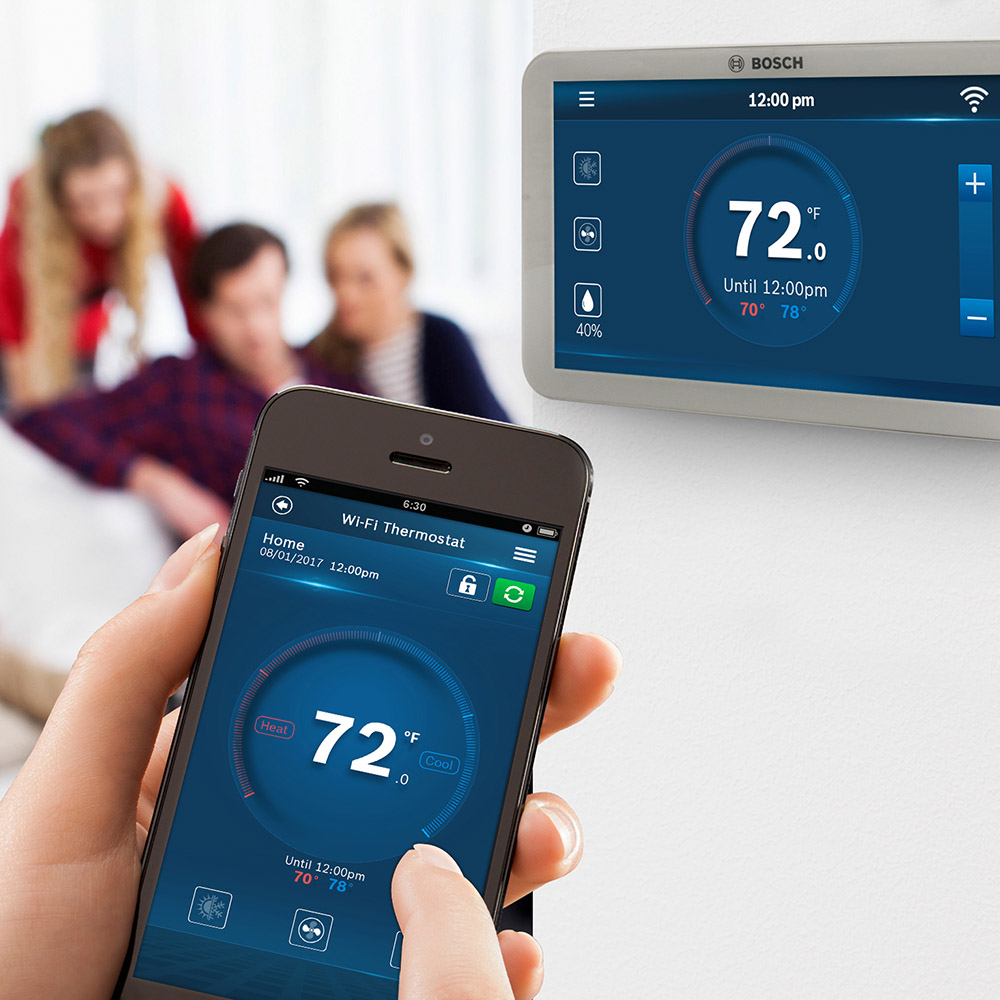
Last updated September 7, 2023
A programmable thermostat is key to keeping your home at a comfortable temperature year-round, all while saving energy. According to the U.S. Department of Energy, setting your thermostat back seven to ten degrees for eight hours a day from your normal temperature setting can save you 10 percent on your annual energy bill. Still, despite huge potential savings, a recent study found that 40 percent of people who own a programmable thermostat don’t use the programming features. Knowing how to program your thermostat—and doing it right—is a giant step in improving your home’s energy efficiency, and this guide covers it all.
Difficulty:
Beginner
Duration:
Under 2 hours
Table of Contents
What to Keep in Mind When Installing and Programming Your Thermostat
Summer Thermostat Programming
Winter Thermostat Programming
Thermostat Settings While You're Away From Home
Remote Programming for Smart Thermostats
What to Keep in Mind When Installing and Programming Your Thermostat
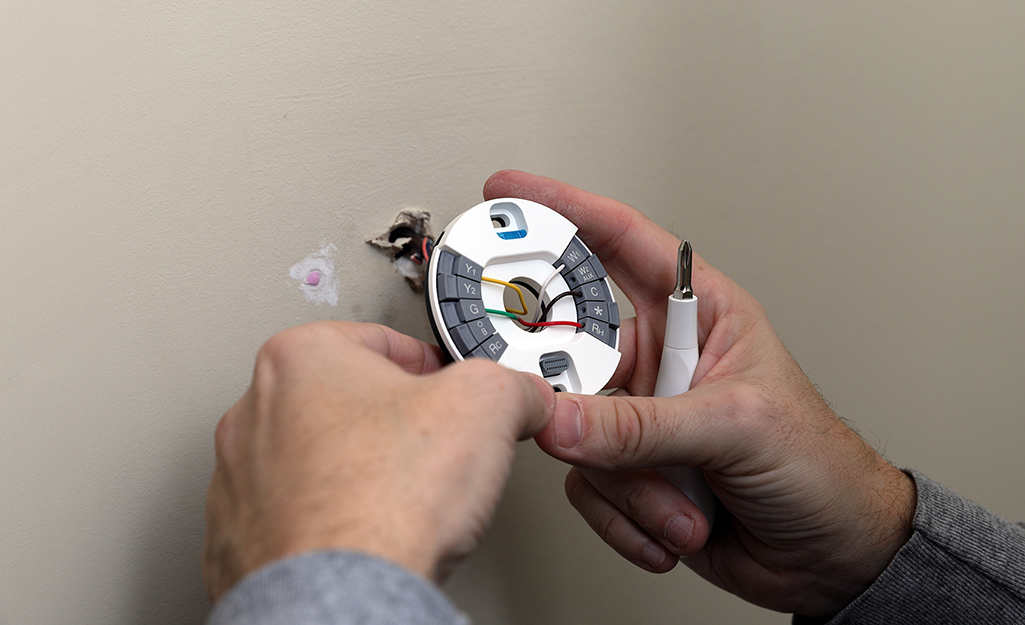
Here are some basic recommendations to consider before you choose a new programmable thermostat or change your existing thermostat setting:
- Install your thermostat on an interior wall, away from direct sunlight, drafts, windows and doorways.
- Keep the area below and in front of the thermostat clear of furniture.
- Set the thermostat back when the household is asleep. Program it so your waking temperature begins 20 minutes before you get out of bed, so you wake up to a comfortable temperature.
- When your home is unoccupied for four hours or longer, set back the temperature setting for energy savings.
- Keep your thermostat set to "auto." If you set it to "on," the fan will run continuously, not just when your system is actively heating or cooling. This may decrease your energy savings and cause unnecessary wear to the moving parts of your furnace or air conditioner.
Summer Thermostat Programming
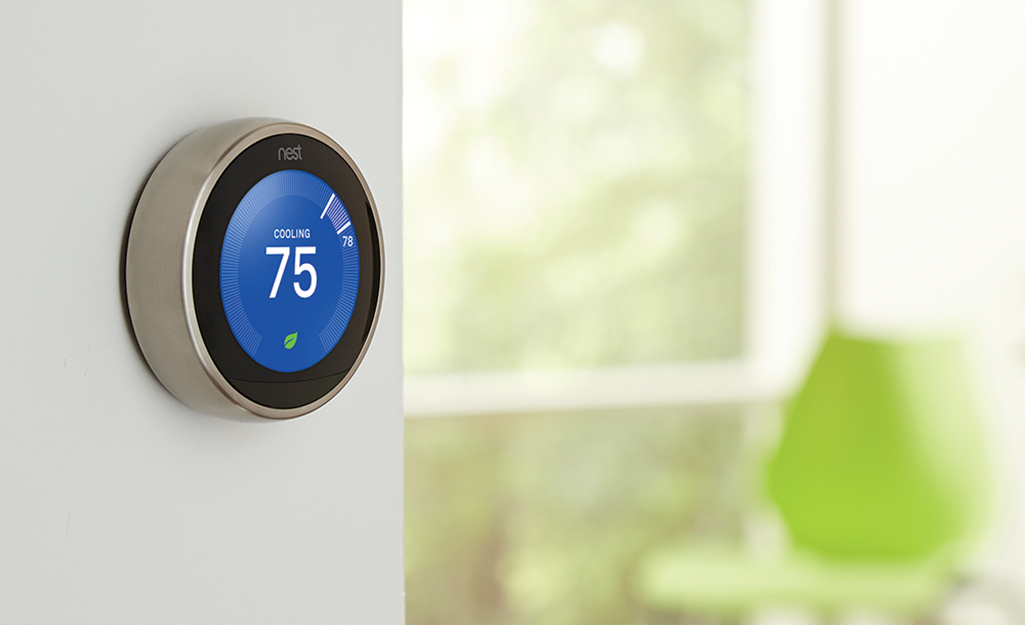
It’s challenging to keep your air conditioning system efficient and use it in moderation during the sweltering hot summer months. The smaller the difference between the outside and indoor temperature, the more energy—and money—you'll save. Keep these tips in mind when cooling your home:
- The recommended thermostat setting in the summer is 78 degrees Fahrenheit or above. If this is too warm for your family, decrease the temperature by a degree or two at a time until you find a comfortable temperature.
- When no one is home, set the thermostat about five degrees higher than your normal temperature.
- Program your thermostat to return to the ideal temperature about 20 to 30 minutes before you arrive home.
- When you’re sleeping, set the thermostat a few degrees higher than your ideal temperature, and use a fan to keep you cool in your bedroom.
- When you first turn on your air conditioning, don’t set it for a cooler temperature than normal—it won’t bring your home to a lower temperature any faster and may end up costing you more in the long run.
Winter Thermostat Programming
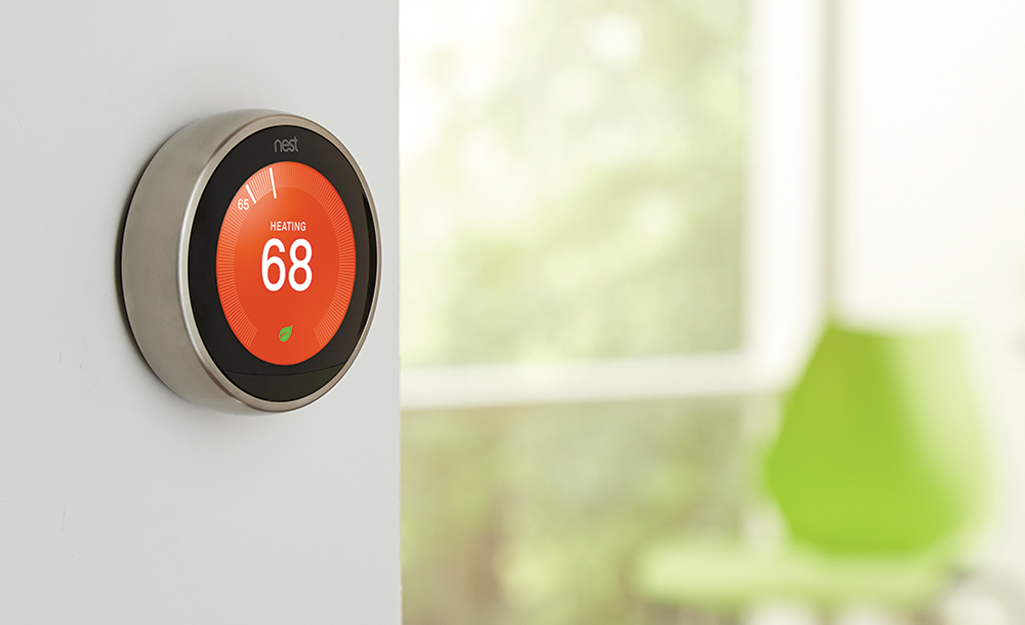
When the colder months send you shivering into your home, you don’t want to walk into a freezer, and you definitely want a comfort setting at home. Follow these tips for programming your thermostat in the winter to lower your heating bill.
- When you’re awake and home, set the thermostat to no higher than 68 degrees Fahrenheit.
- Wear sweaters, pants and socks in the house.
- When you’re away from home, program the thermostat five degrees lower than your normal temperature. Set your programmable thermostat to bring the temperature back to 68 degrees 30 minutes before you arrive at home.
- When you’re sleeping, set the thermostat to a lower temperature—ideally between 60 and 67 degrees.
Thermostat Settings While You're Away From Home
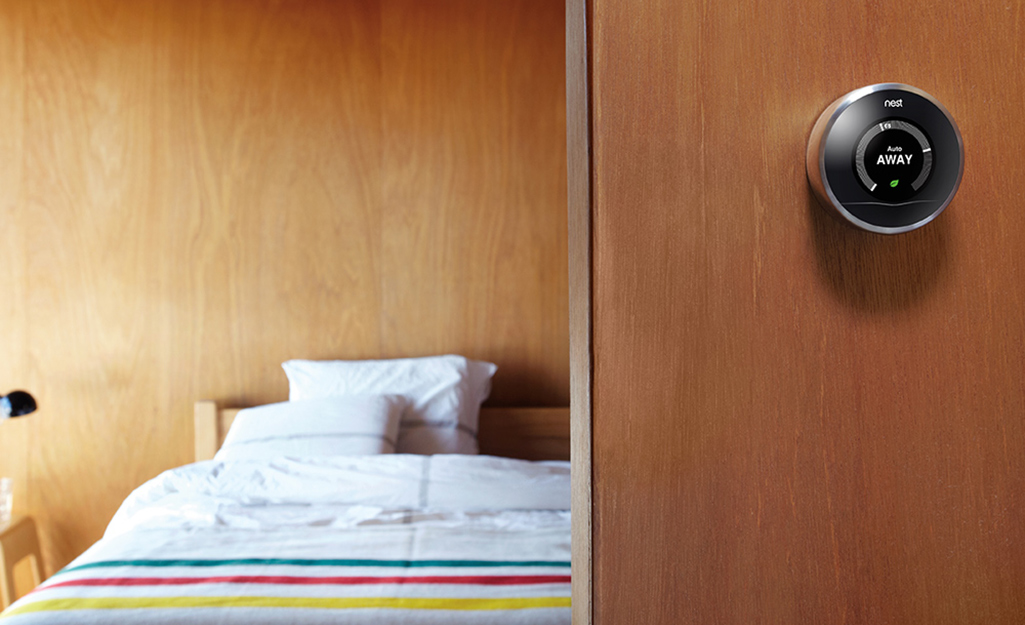
One of the most useful features of a programmable thermostat is the ability to program the thermostat for when you’ll be away from home for longer periods of time. The exact options for programming vary by thermostat model—read your user manual to take advantage of all the "away" options your thermostat offers.
- The ideal energy saving temperature when you’re away for an extended period of time in the winter is 63 degrees.
- In the summer, program your thermostat to 83 degrees for maximum energy savings.
- Don’t turn off your thermostat. If the temperature drops too low in the winter, you could return home to damage from frozen pipes. In the summer, excessive moisture can cause problems for your cooling system and make your home smell musty.
Remote Programming for Smart Thermostats
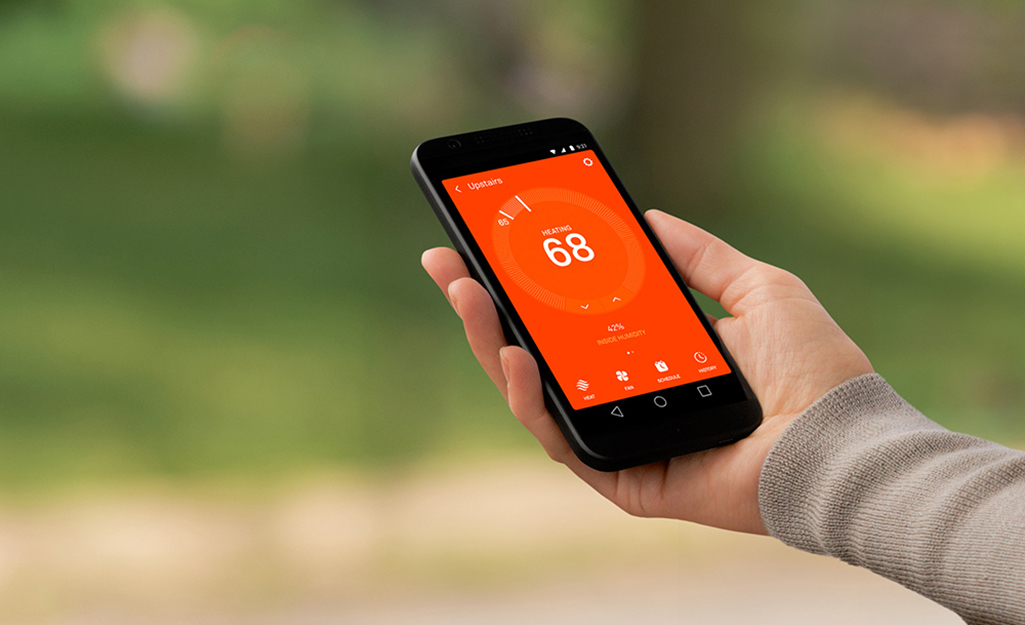
Today's thermostats offer even more options to help you increase your home's energy efficiency and energy savings. A digital thermostat has multiple options for adjustments and programming, but can be difficult to program without an instruction manual. A smart thermostat is Wi-Fi-enabled and a wise, energy saving addition to your smart home. A smart thermostat offers easy-to-use features that you can access on the thermostat or from your smartphone. Purchase a smart thermostat that’s compatible with your HVAC or smart home system and has the features you want, such as:
- The capability to “learn” your heating and cooling schedules and automatically adjust the indoor temperature for energy savings when you’re asleep or at work.
- Using geofencing technology, a smart thermostat knows when you’re on your way home and adjusts the thermostat to your ideal temperature.
- Most Wi-Fi-enabled smart thermostats have an app you can download to your smartphone that allows you to control your thermostat from anywhere in the world.
- Access to reports that show your home's energy usage and energy savings.
Tip: Smart thermostats with Wi-Fi work best close to your router. For the best results, consider installing a Wi-Fi range extender if your router is too far from the thermostat.
Learning how to use a programmable thermostat can increase your home's energy savings and decrease your energy bill—and your carbon footprint. It might take a little time to adjust to the recommended thermostat setting for various times of day and the different seasons, but if you use fans in the summer and bundle up in the winter, you’ll find that the money you save on your home comfort bill adds up.
Need help finding a thermostat? Find products fast with image search in The Home Depot Mobile App. Snap a picture of an item you like and we'll show you similar products.



























